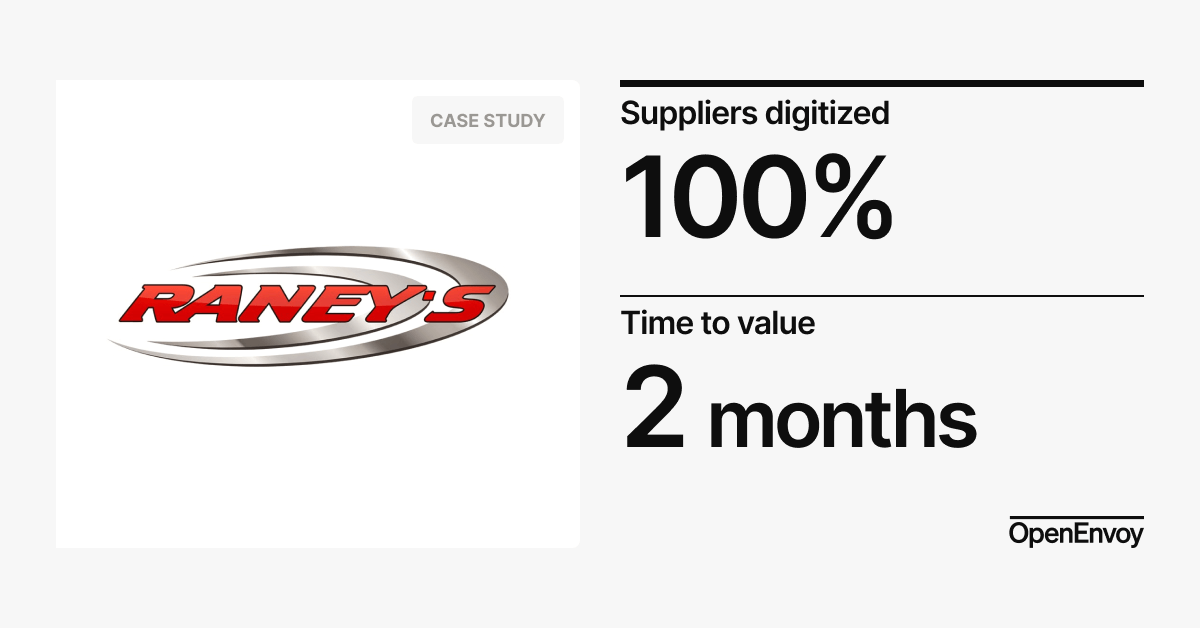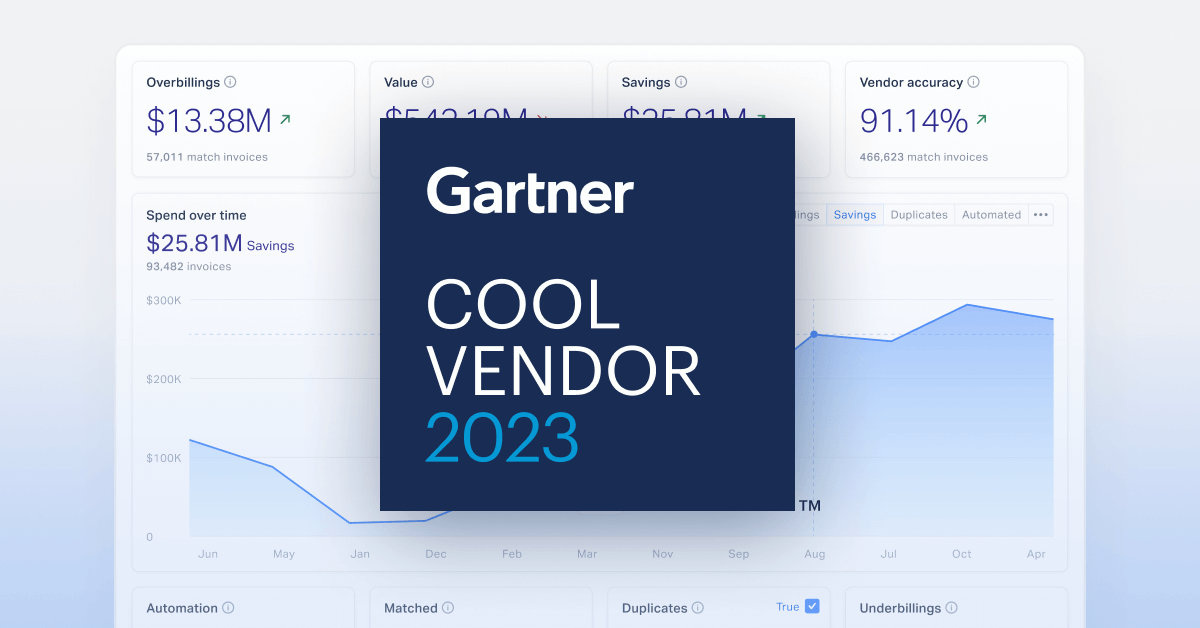< Back to E-Invoicing Overview
Peru has fully implemented mandatory e-invoicing as part of its national tax reform strategy. The country’s electronic invoicing system is designed to reduce tax fraud, streamline financial transactions, and improve compliance with tax reporting requirements. Businesses must issue and validate electronic invoices through the national tax system before they are legally recognized.
The adoption of e-invoicing has helped companies in Peru enhance operational efficiency, automate financial processes, and ensure real-time tax compliance. The government has gradually expanded the system, making it mandatory for all businesses regardless of size.
Regulatory authority
The National Superintendency of Tax Administration (SUNAT) oversees Peru’s e-invoicing system.
E-invoicing requirements
Since 2022, all businesses must issue electronic invoices for taxable transactions. The requirement applies to B2B, B2C, and B2G transactions.
Accepted invoice formats
Invoices must be issued in XML format following the UBL-based Factura Electrónica standard.
Transmission channels
Invoices must be submitted through the SUNAT platform before being sent to customers or government agencies.
Digital signatures
Digital signatures are required to authenticate invoices and ensure compliance with tax regulations.
Archiving requirements
Invoices must be archived for five years to comply with Peruvian tax laws.
How B2B e-invoicing works in Peru
Businesses generate invoices in XML format and submit them for validation through the SUNAT system before issuing them to customers.
How B2G e-invoicing works in Peru
Government suppliers must submit invoices through the SUNAT system, ensuring compliance with procurement regulations.
Ready to get started?
Schedule a consultation to explore the benefits of e-invoicing.


